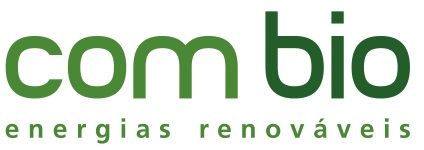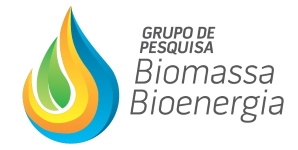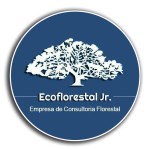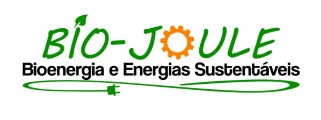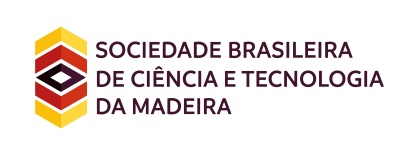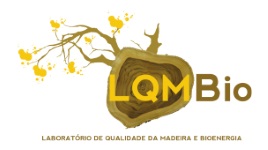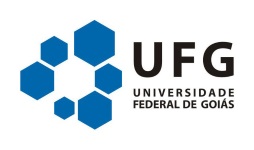RECOVERY OF ELECTRICITY FROM THE USE OF ORGANIC WASTE FROM ARAGUAÍNA-TO COLD STORAGE FACILITIES.
04 - Biogas
 1 FELIPE CALIXTA OLIVEIRA, 1 ME. UANA SARAIVA BRAGA VALTUILLE , 1 GABRIEL MENESES DE FREITAS
1 FELIPE CALIXTA OLIVEIRA, 1 ME. UANA SARAIVA BRAGA VALTUILLE , 1 GABRIEL MENESES DE FREITAS
1 UNITPAC- CENTRO UNIVERSITÁRIO PRESIDENTE ANTÔNIO CARLOS
The municipality of Araguaína in the state of Tocantins is 380 kilometers from the capital, Palmas, the same is known as the state's economic capital, as it stands out in the most varied sectors of the economy, among the most outstanding enterprises are the livestock of Tocantins, which currently has a herd of around 8 million heads of cattle in the process of fattening for slaughter purposes, achieving significant values in the sales sector, exporting about 51,779,353 kg per year. However, such exorbitant production generates environmental impacts, such as waste and production of harmful gases to the environment, this scientific article presents a case study applied to the city of Araguaína, which currently stands out most in the livestock sector of Tocantins , with 5 large refrigerators installed in their limitations with daily slaughter of about 5000 head of cattle, the project demonstrates the amount of biogas to be produced using residues coming from the bovine slaughter of the slaughterhouses of the municipality. The main purpose of the biogas produced is to minimize costs with electricity, either by selling the biogas production directly to the electricity utility or by installing a system of use in the company itself, after the treatment the waste becomes organic fertilizer that can be used in agriculture , another large sector in evidence in the state. Taking the current scenario is remarkable, where the number of problems is overcome by solutions, achieving the main result, energy efficiency and reduction of environmental impacts.
Keywords: biogas, livestock, energy efficiency
Acknowledgments: Coordenação de pesquisa e extensão centro universitário ITPAC and Me. Uana Braga Saraiva Valtuille
